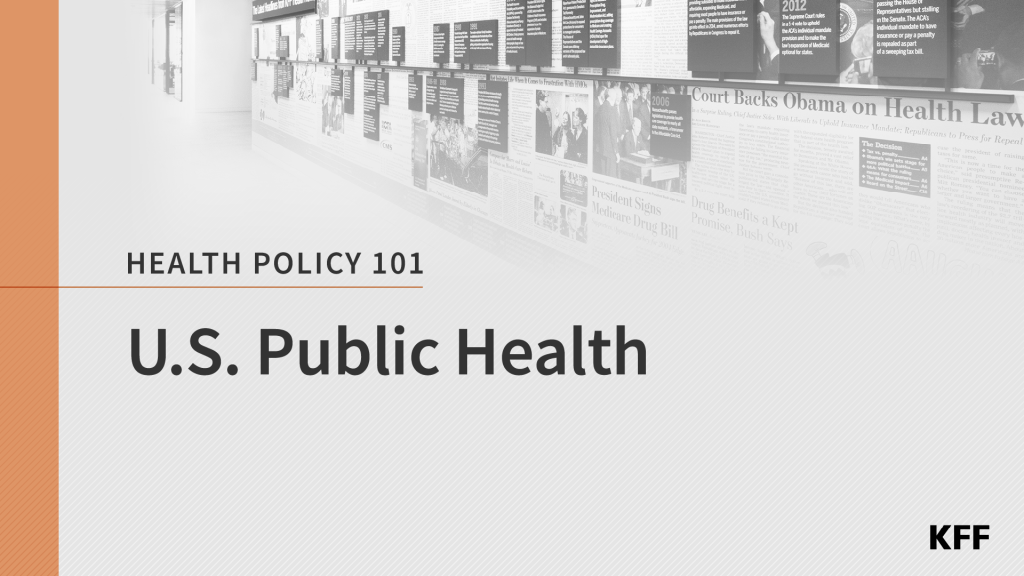Vaccine Monitor: Some Who Were Hesitant to Get a Vaccine in January Say They Changed Their Mind Because of Family, Friends and Their Personal Doctors
A new KFF COVID-19 Vaccine Monitor report finds that people who were initially hesitant to get a vaccine in January but ultimately did so often say that family, friends and their personal doctors helped change their minds.
